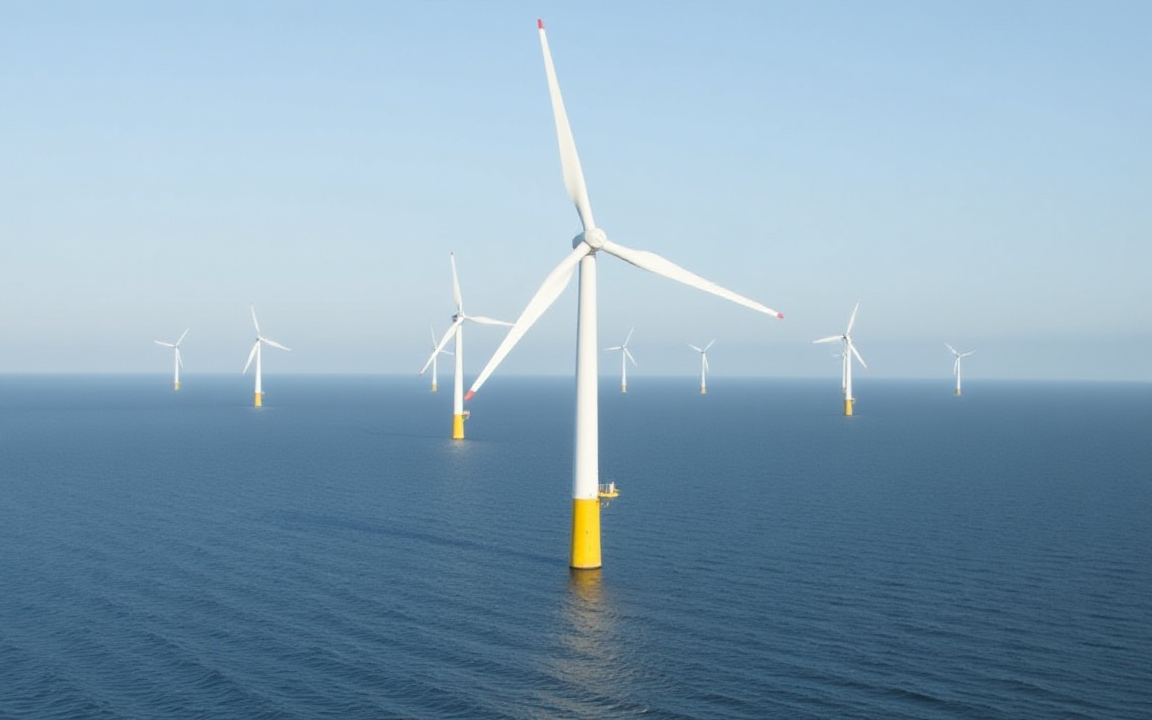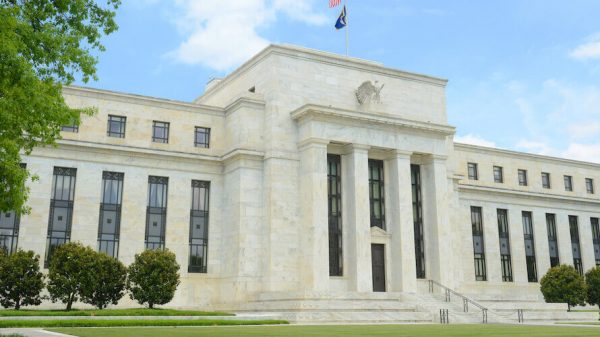
To accelerate the UK’s energy transition and efficiently increase capacity, King Charles III’s Crown Estate, owner of Britain’s seabed, has approved the expansion of high-density wind farms on existing seabed leases.
The Capacity Increase Programme aims to add 4.7 gigawatts of capacity through seven projects, according to a Reuters report. These include RWE’s Rampion 2 and the joint venture of SSE and Equinor’s Dogger Bank D.
The UK has set an ambitious target to substantially decarbonise its electricity generation by the year 2030, marking a significant shift in its energy policy.
A key component of this strategy involves a substantial increase in renewable energy sources, with a particular emphasis on offshore wind power.
This focus on renewables is driven by a desire to enhance energy independence and provide a buffer against the volatile fluctuations of global fossil fuel prices, thereby ensuring greater stability and predictability in the nation’s energy supply.
The transition towards a cleaner electricity sector is envisioned to play a crucial role in meeting the UK’s climate change commitments and fostering a more sustainable energy future.
Wind energy capacity
Britain plans to significantly increase its offshore wind energy capacity, aiming for up to 50 gigawatts (GW) of clean energy generation from this source by the year 2030.
This target represents a substantial expansion from the current installed offshore wind capacity of approximately 15 GW.
The development and deployment of this additional 35 GW of offshore wind capacity will involve significant investment in infrastructure, including the construction of new wind farms, the expansion of grid connections, and advancements in related technologies.
This expansion is expected to play a crucial role in meeting the UK’s climate change targets, enhancing energy security, and fostering economic growth through the creation of new jobs in the renewable energy sector.
The achievement of this 50 GW target would position Britain as a global leader in offshore wind power generation, contributing significantly to the overall global effort to combat climate change and promote sustainable energy solutions.
Grid connections and infrastructure
The Crown Estate announced that its Capacity Increase Programme includes seven projects situated within designated offshore wind areas.
These projects benefit from existing grid connections and infrastructure, facilitating rapid deployment.
“Our purpose is to create lasting and shared prosperity for the nation. Offshore wind enables us to do that as a driver of economic growth through jobs creation and supply chain development,” Gus Jaspert, managing director, marine, at The Crown Estate was quoted in the report.
Jaspert added:
Delivering the Capacity Increase Programme is an effective way to provide up to four million homes with secure, clean energy and further decrease the UK’s reliance on fossil fuels, often sourced internationally.
Despite being the world’s second-largest offshore wind market in terms of capacity, behind China, Britain’s offshore wind sector is currently facing challenges due to increasing costs driven by high inflation and supply chain issues.
The post UK’s Crown Estate clears offshore wind expansion to raise energy output appeared first on Invezz


















